I love autumn in Madrid, the brutal summer is now an unpleasant sweaty memory and the scent of roasted chestnuts wafts through the crisp air reminding everyone that Día de Todos los Santos is drawing near. While Halloween dominates much of the Western world at this time of year, in Spain, a much more important festival follows just a day after on November 1. But Halloween is gaining traction as younger generations begin to adopt Americanized traditions much to the chagrin of the Catholic church.
The Origins of Día de Todos los Santos
In principle, Día de Todos los Santos or All Saints’ Day is a time to commemorate saints in heaven, many of whom were martyred. It’s also a day to honor the non-saintly dead—our ancestors. This public holiday is especially significant in Spain, where religious traditions and family ties still hold a strong influence, despite modern shifts in beliefs and practices.
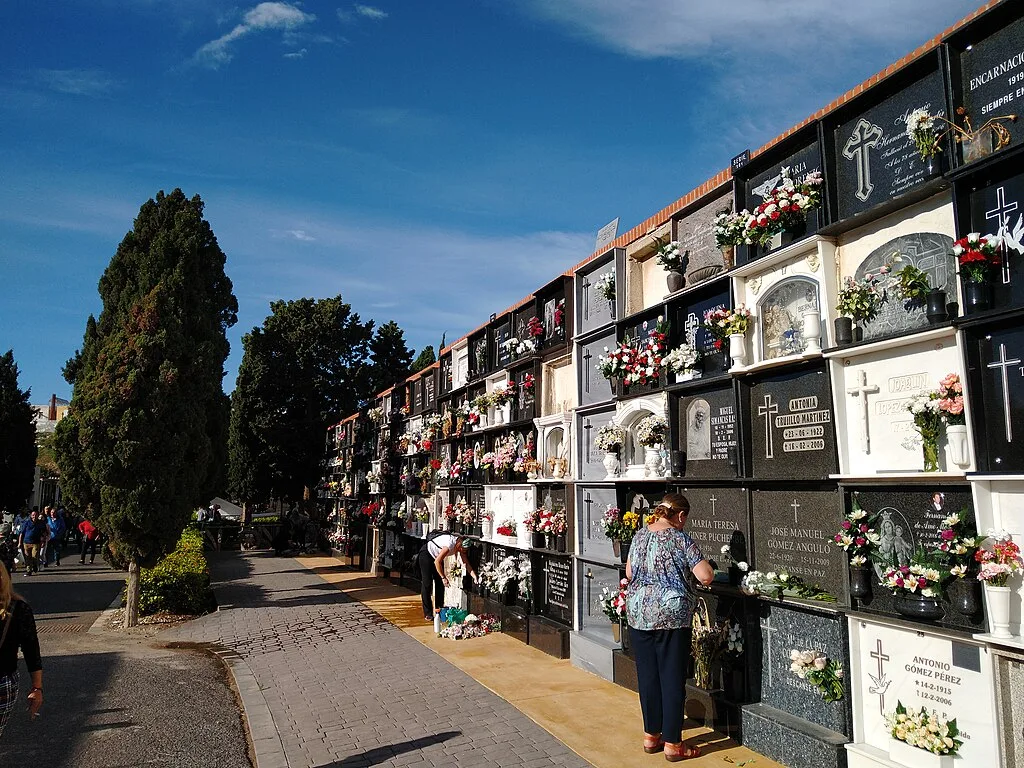
The origins of Día de Todos los Santos are a bit fuzzy, but it seems to have stemmed from the Catholic Church’s efforts to supersede pagan festivals and insert Christian symbolism over these older practices. In Spain, it’s a national holiday and holy day of obligation, meaning devout Catholics are expected to attend Mass. However, this tradition is slowly waning, especially among the younger generation.
Halloween in Spain: A Rising Controversy
While Día de Todos los Santos has been a long-standing tradition in Spain, the American version of Halloween is relatively new. Halloween celebrations have exploded in recent years, much to the dismay of certain religious circles. Interestingly, there’s now a sort of cultural “face-off” between these newer Halloween traditions and the Catholic Church. The diocese of Alcalá de Henares was at the forefront of this conflict when it adopted a movement called Holy Wins in 2009. Originating in France, this initiative encourages children to dress up as saints rather than witches or devils for Halloween. The message? Stick to honoring the holy dead, rather than participating in what the Church perceives as the glorification of witchcraft or pagan symbols.
Witches and Black Cats: A Historical Contrast
What’s funny to me is that the Catholic Church’s modern issue with witches seems almost contradictory when we look at Spain’s history. The Spanish Inquisition, known for its harsh treatment of heretics, actually dismissed the notion of witchcraft as a superstition of northern Europe. In contrast to the brutal witch hunts in places like Scotland or Germany, the Tribunal del Santo Oficio de la Inquisición didn’t concern itself much with witches. So, the current pushback against Halloween’s witchy imagery seems like a modern twist in an otherwise unconcerned historical stance.

One new Halloween-related trend that’s more troubling, though, involves black cats. My friend, who has been trying to find a new home for her black cat, has run into the disturbing rumor that black cats up for adoption around Halloween might be used in black magic rituals. It’s a myth, but it has enough of a hold on people’s imaginations that adoption agencies sometimes refuse to adopt out black cats near Halloween. They’ve certainly spooked my poor friend!
Spanish Parents’ Dilemma: The Cost of Halloween
For many Spanish parents, Halloween’s growing popularity brings not just cultural concerns but financial ones. Between Día de los Reyes Magos (Three Kings’ Day), Christmas, and now Halloween, parents are increasingly expected to buy costumes and sweets, straining budgets. Chinese-run stores (referred to colloquially as chinos) are often stocked to the brim with cheap plastic costumes that inevitably wind up in the bin a few days later. Personally, I prefer the creative side of Halloween. I’ve always believed that the fun of the holiday comes from making your own costumes, getting inventive with what’s on hand, rather than relying on store-bought outfits.

Traditional Celebrations on Día de Todos los Santos
While Halloween has undeniably gained popularity, Día de Todos los Santos remains a time for Spanish families to honor their deceased relatives. One of the most poignant traditions on this day is visiting cemeteries to clean and place fresh flowers on family graves. This practice reminds me of Japan’s Obon, a festival during which families not only visit and clean graves but also invite their spirits back for a few days!
Sweet Treats and Theatrical Traditions
No Spanish holiday is complete without food, and Día de Todos los Santos has its own iconic treat—Huesos de Santos (Saints’ Bones). These marzipan-based sweets are incredibly rich, often covered in icing, and symbolic of the relics of saints. Relics, or the physical remains of saints are believed to have holy powers, were wildly popular in Spain’s history, and these confectionery treats draw a direct line to that past.
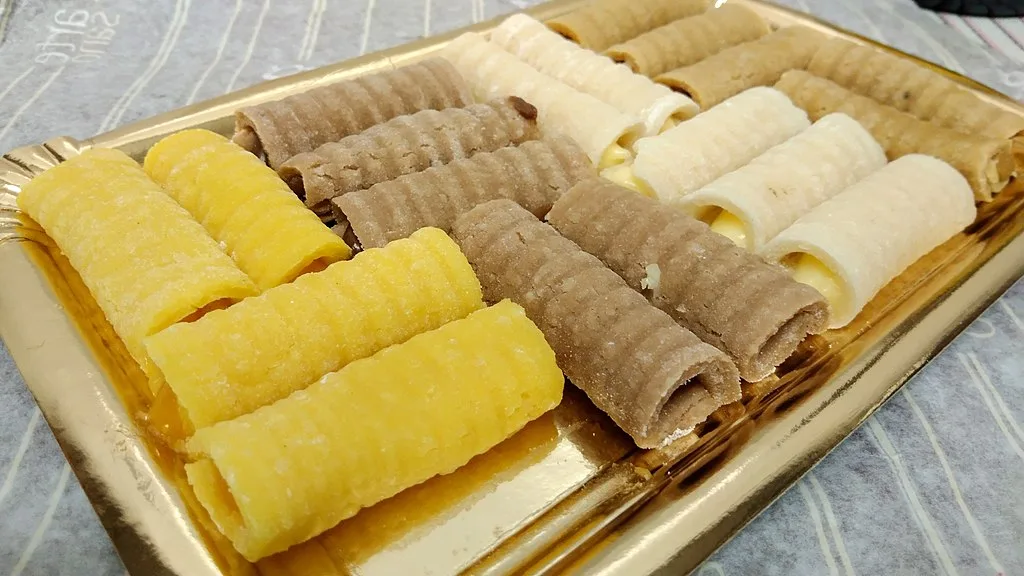
Another unique tradition tied to Día de Todos los Santos is the annual performance of Don Juan Tenorio, a play set in 16th century Seville about the famous philanderer who eventually repents and seeks salvation. Many towns across Spain put on amateur performances of this play, which serves as a moral reminder that it’s never too late to repent for one’s sins. My husband’s aunt has participated in a local production in her tiny village of Torrejóncillo del Rey, where the entire community comes together to keep this centuries-old tradition alive. In Madrid, Don Juan Tenorio is on this year at Fernán Gómez Centro Cultural de la Villa.
Modern Traditions: Finding My Own Way
As an expatriate in Spain, I’ve developed my own set of traditions that blend my British upbringing with the Spanish customs I’ve adopted. One of my favorite things to do is get dressed up for Halloween, whether that’s as an evil cat lady or the 19th-century mourning attire I wore for a ghost tour I led one year. This last experience was a blast. I really felt the spirit of Maria Dolores Esperanza de la Virgen de los Buenos Augurillos Garcia Garcia inhabit me as I led a motley group on a tour of Madrid’s most haunted spots!
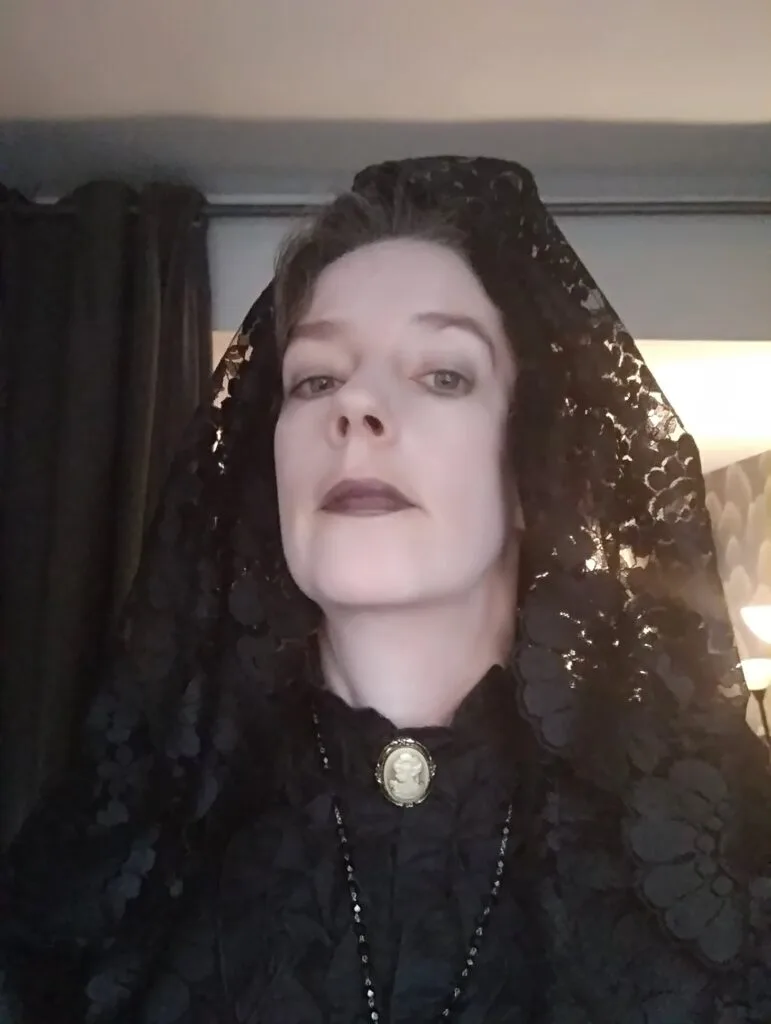
A Ghostly Conclusion: Madrid’s Haunted Past
Madrid has its own spooky history, and to wind up my latest podcast, I couldn’t resist sharing one of the most chilling tales on this blog: the tragic story of Dr. Pedro González de Velasco and his mummified daughter. Velasco, a prominent doctor in 19th-century Madrid, embalmed his daughter Concha after her untimely death, driven by an obsession that led him to dine with her corpse and even parade her around the city. His story haunts the corridors of Madrid’s Museum of Anthropology to this day, with whispers of Concha’s spirit still echoing through its halls.
Whether you’re carving pumpkins, visiting graves, or watching Don Juan Tenorio, this season is a time for reflection, celebration, and perhaps a little bit of spooky fun. Happy Halloween and Día de Todos los Santos!
Ready to uncover the hidden gems and rich history of Madrid? As the author of the Lonely Planet guidebooks to Madrid, I bring a wealth of insider knowledge to every tour. Whether you’re fascinated by the city’s vibrant past, its architectural wonders, or its charming local culture, I offer personalized tours that go beyond the usual tourist spots. Let me show you the real Madrid—the one most visitors never get to see. Book your unforgettable experience today by sending me an email.
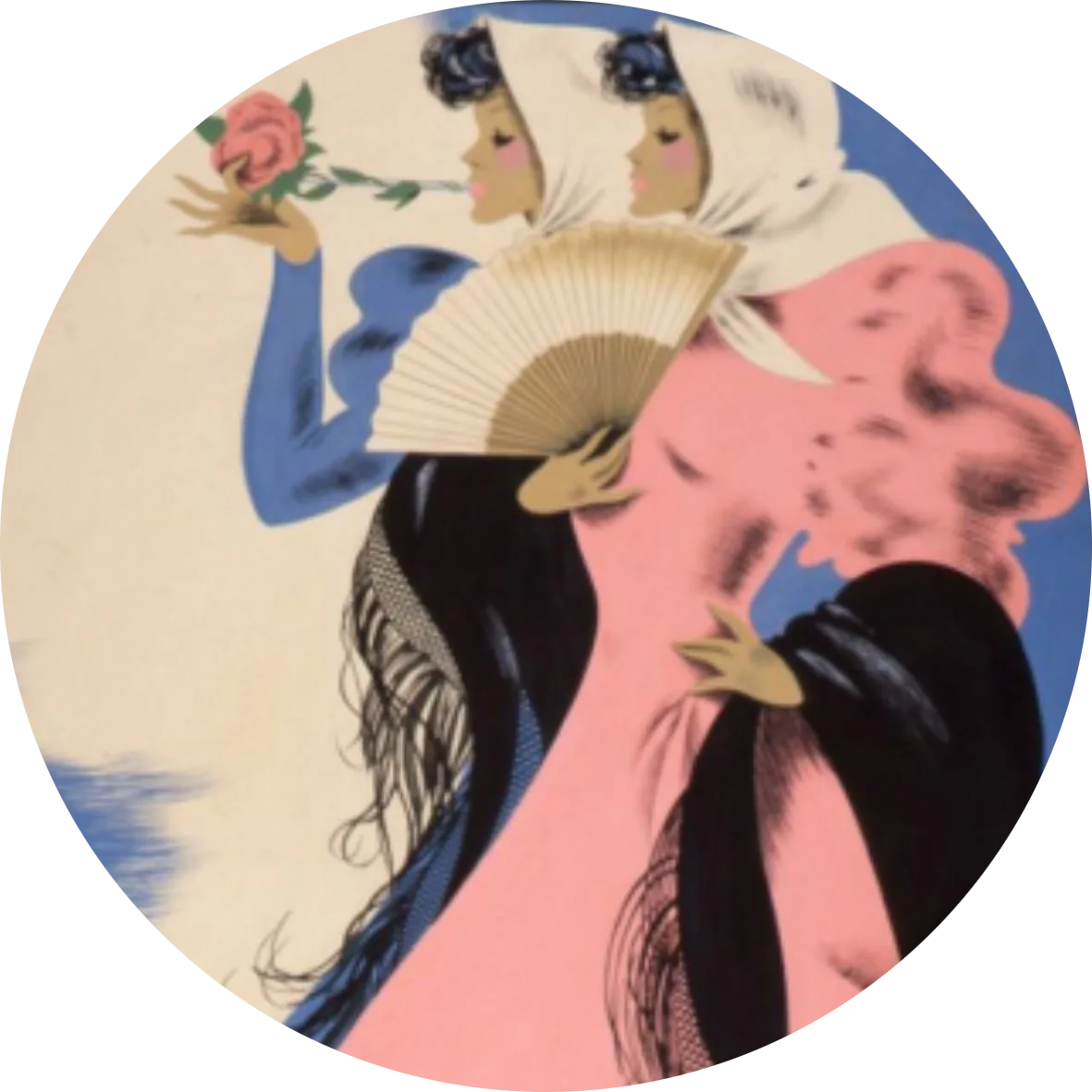

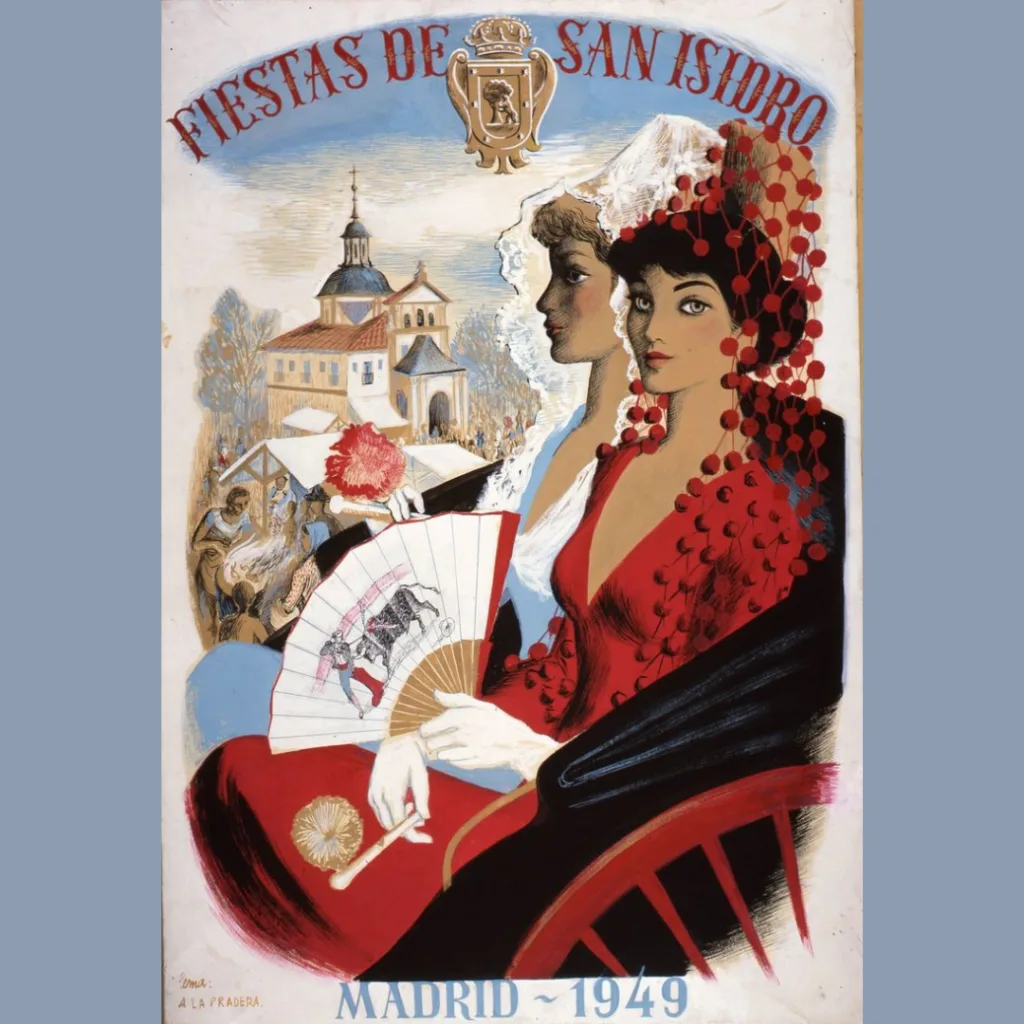


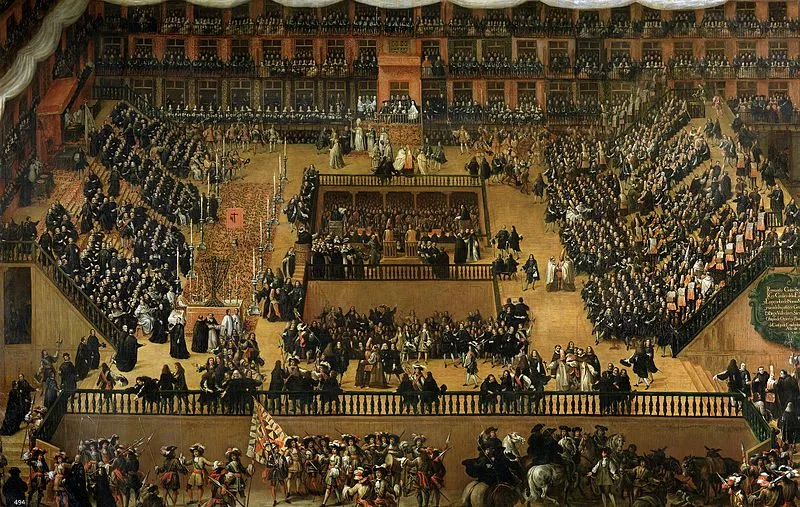
Fantastic article, Felicity. I loved learning more about Madrid’s history and spooky anecdotes!